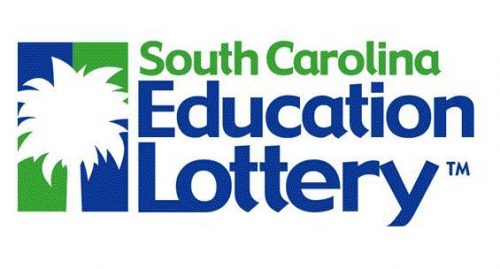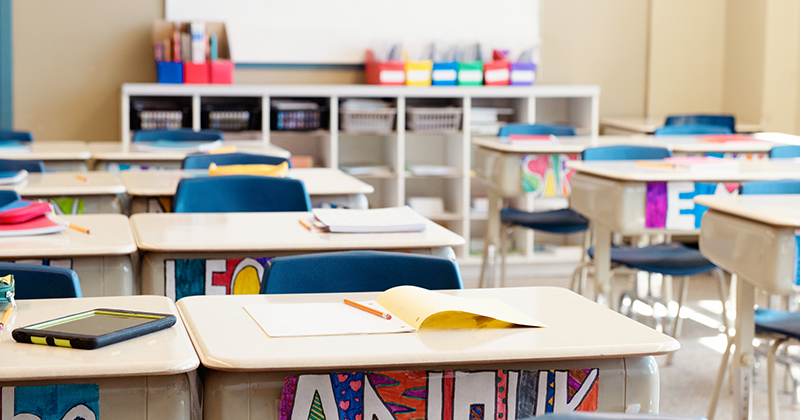Bombs away? The Truth about Education Lottery Spending
Earlier this summer, the South Carolina Legislative Audit Council (LAC), a watchdog created by the General Assembly to review the performance and fiscal integrity of state agencies, issued a report on the state’s use of funds generated by the South Carolina Education Lottery for its core purpose, education. When the report appeared, one Democratic State Senator called its insistence that education is being underfunded a “bombshell.”
But was it a bombshell? To test that assertion, we need to step back in time just a bit.
When the legislature established the State Education Lottery (2001), it ordered that new funds flowing from its launch (2002) be used to “supplement not supplant” funds already appropriated through the General Fund and the Education Improvement Act (EIA). That means that the percentage of the General Fund allocated for education each year must be at or above 57%, which was the FY 2001-2002 rate.
- According to the LAC report, the legislature has met that 57% target in only 4 of the 17 years since the lottery was established in 2001.
Discussion: Factually, that is correct. But it establishes no connection between an arbitrary percentage of the state budget and the actual cost of educating a student. The question inherent in this mentality is not “how much do we need?,” but “how much do we deserve.” Education spending should be determined on the basis of actual projections of education costs, not budget percentages. (For an example of how this can be done, see our report here.
- According to the LAC Report, when inflation is taken into account, state per-student funding in 2016-2017 was less than half of 2000-2001 levels.
Discussion: To calculate inflation, the LAC uses what is known as HEPI, the Higher Education Price Index. For a variety of reasons related to supply and demand, aggregate higher education costs have been rising faster than actual inflation. Also, HEPI is a national calculation, not a state one. The Index does not take into account the very different economies across the United States. HEPI is also a “what is” statistic rather than a “what should be” number. Similar to our concern above in Finding 1, HEPI tells us nothing about what higher ed needs or whether higher ed is spending responsibly. Finally, the citizens and businesses who pay taxes (and college tuition) don’t get wage increases based on HEPI, they are lucky to get raises based on actual inflation, why should higher ed?
- College tuition has risen, but state funding for higher education is flat.
Discussion: This is technically true. State funding has been rather flat. But the other significant connection to tuition increases is the launch of the state lottery. Per-Student In-State Tuition and Fees began to rise just about when the lottery came online (2002). Faced with students with more money to spend, tuition rose to capture additional available revenue. Recent articles in The New York Times and Inside Higher Education address the complicated question of what is to blame for rising tuition. State appropriation variance is a part of the story, but only a part.
- The LAC called on the General Assembly to consider amending state law to establish an explicit minimum percentage of total recurring general fund and special fund appropriations to be allocated for education.
Discussion: Again, the LAC looks at percentages of funding rather than zero-based budgeting for education. Such a law would be fiscally unsound and would codify the disconnect between funding and the actual cost of rendering educational services. Not only would the legislature be forced to make sure funds flowing into the general fund for any purpose were matched by increases in education funding, a legal case could be made that cuts for specific non-education purposes could require cuts in education expenditures to match.
Seen any bombshells yet? Any rockets’ red glare calling for a sharp increase in public education spending? We think not. Mostly duds.
Want to know the actual bombshells?
- State Education Lottery legislation ties non-lottery K-12 spending to a percentage of state expenditures, rather than actual need or even base student cost.
- The Education Lottery is sending 94.25% of its appropriations to universities (college students) rather than K-12 schools.
- The state of South Carolina is engaged in a Reverse Robin Hood scheme that takes money from poor folks who buy lottery tickets to provide mostly merit scholarships for middle and upper class kids.
- The state is in the gambling business, a bookie, an enterprise that has gotten more and more aggressive each year to keep customers coming back.
- State colleges and universities, with some exceptions, almost never cut spending. (A good place to start could be athletics, where some of our state colleges provide as much as 75% of athletics budgets through direct institutional support.)
Yes, there are bombshells waiting to detonate in K-12 and higher education state lottery spending. Too bad none of them made it into the LAC report. More on this later.
Note: A special thanks for Dr. Rebecca Gunnlaugsson for her insights on the LAC report. Dr. Gunnlaugsson has researched in this area for some time and will be working with PPI in the future as we track higher education issues.





